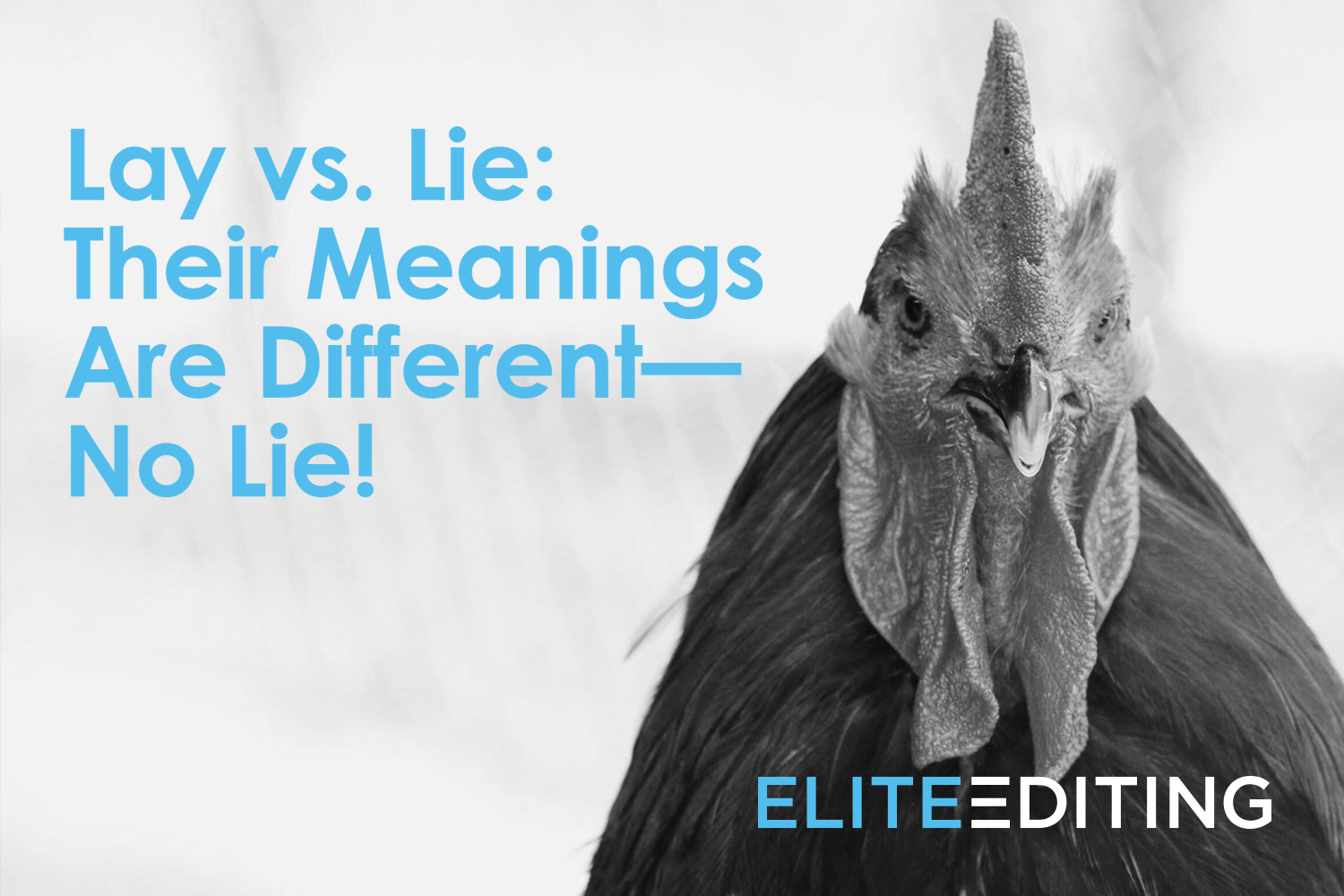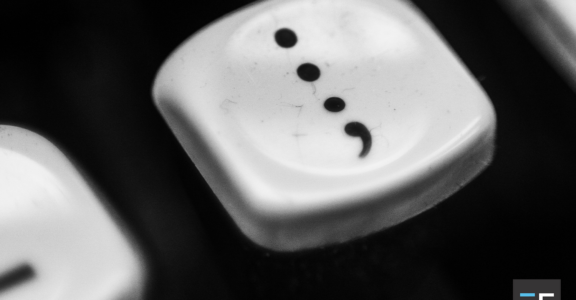Do you ask your dog to lay down or lie down? If you’re telling him to lie down, then you want him to rest his weary head and recline on the floor. But maybe he’s been munching on your favorite pair of slippers, and now he’s carrying them around in his mouth. Then you might kindly ask him to “Lay down the slippers!” Lay vs. lie may be one of the trickiest conundrums in the English language, compounded by the confusion of verb tense and meaning.
“But aren’t they interchangeable? Does it really matter which one you use?” Well, yes, it does. It also matters whether you’re using present tense or past tense, so let’s investigate these shifty verbs and crack their code.
Lay It Down
The verb “lay” is transitive, which means it requires a direct object. A direct object is a noun or pronoun following the verb that shows the receiver of the action. A quick way to figure out the direct object is to find the verb and then ask “What?” or “Whom?” So to clarify, lay will have a direct object; lie will not.
The definition of lay is to set down, strike down, place, or deposit. It also means to calm, spread, order, or impose. Lay can be a noun, such as the lay of the land. However, for our purposes here, we will investigate lay as a verb. Let’s look at a few examples.
- She lays the leash on the table.
- The brick masons lay brick for the new wall.
- Musicians lay down tracks.
- Chickens lay eggs.
- We lay napkins in our lap.
- The government lays a new tax.
Simple, right? Let’s keep going, then. The past tense of lay is laid.
- The band laid down musical tracks.
- The chicken laid an egg.
- We all laid our napkins in our laps.
In case you’re a visual person, here’s a little chart to help keep the verb tenses straight.
| PRESENT | PAST | PAST PARTICIPLE |
| lay | laid | laid |
Do I lay or do I lie?
As a verb, lie has fewer definitions than lay. Lie is intransitive. It does not take a direct object. Lie means to rest, recline, lodge, remain in a state of inactivity, to occupy a particular place, or to exist. Lie can also be a noun, meaning an untruth or falsehood.
Let’s look at some examples of lie as a verb.
- Sleeping dogs lie.
- I’m going to lie down.
- Tourists lie on the beach.
- The tiger lies in wait for its prey.
- The path lies before us.
- The truth lies in understanding the facts.
So far, lie is a pretty straightforward verb. But the confusion starts when addressing the past tense (cue the scary music). The past tense of lie is…lay. Yes, you read that right.
Check out these examples.
- Last night, we lay down on the couch and watched television.
- Our dog lay in the sun for hours yesterday.
- The tourists lay on the beach until the sun went down.
| PRESENT | PAST | PAST PARTICIPLE |
| lie | lay | lay |
The tricky part of lay vs. lie lies in not confusing the past tense of lie with the present tense of lay.
- The dogs lie on the porch while the chickens lay their eggs.
However, in the past tense:
- The dogs lay on the porch while the chickens laid their eggs.
Lay It to Rest
Most of us have struggled with the lay vs. lie dilemma. In modern speech, people tend to relax their attention to correct usage, but when you investigate the truth behind the meanings of these two words, the distinction is clear. Hopefully, this little investigation into lay vs. lie has shed some light on the mystery of how and when to use them. The truth lies in the differences between the meanings of the words, and that’s no lie.
Like this post? Check out this one on than vs. then, or this one on their vs. there.
Resources:
https://www.merriam-webster.com/dictionary/lie








